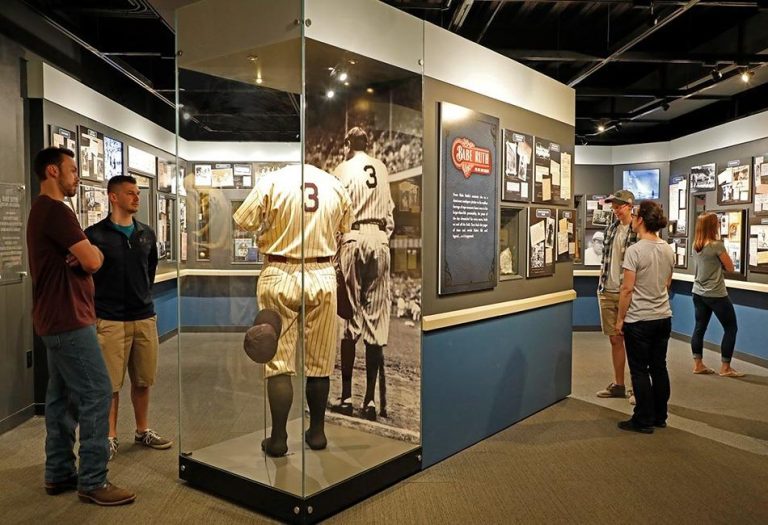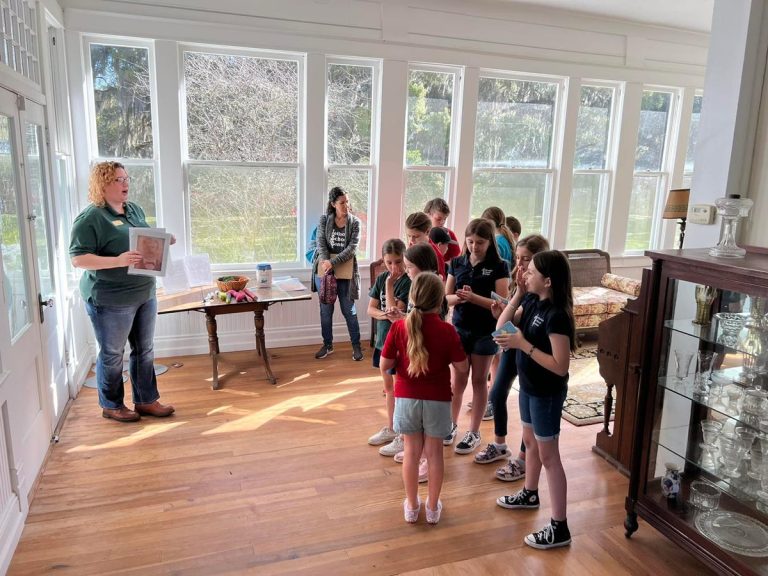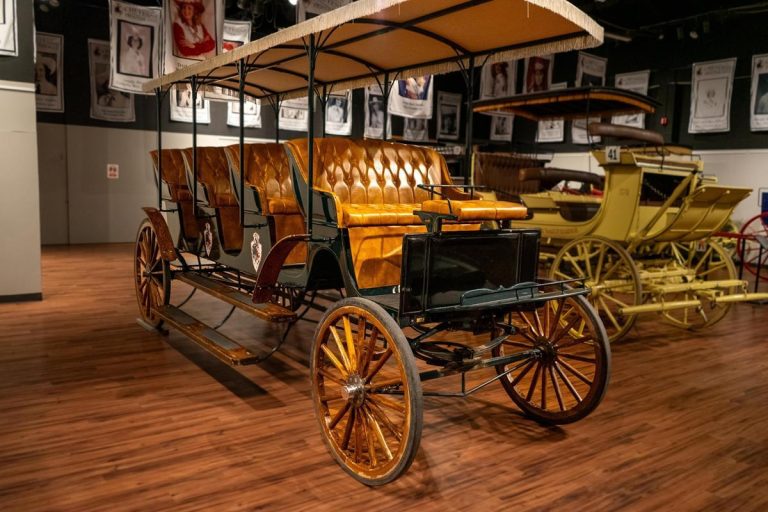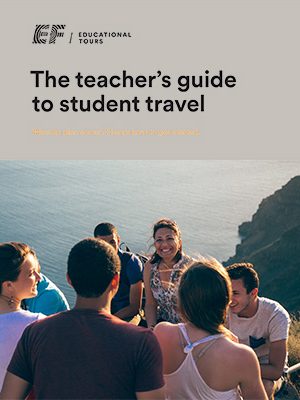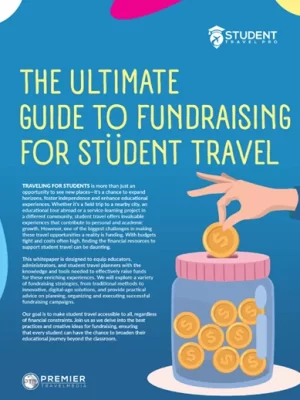What better way is there to teach students history, politics and government than by visiting Washington, D.C.?
Students can witness firsthand what they have been learning when exploring the city’s endless list of museums and relive pivotal moments that shaped our nation at various historic sites. Take your students on a trip that will ensure unforgettable memories and teach invaluable lessons.
Discover the best student-friendly destinations! Get your free copy of Student Travel Pro and start planning memorable, educational group trips today.
Five Free Attractions that Offer Valuable Experiences
The Smithsonian
The most famous museum and research complex in the nation, the Smithsonian gives students endless opportunities to glean knowledge in a wide variety of subjects. The Smithsonian, which is made up of 19 museums and galleries (not including the National Zoological Park) , offers free admission to each of its institutions. They include the National Air and Space Museum, Hirshhorn Museum and Sculpture Garden, and Renwick Gallery. Most Smithsonian museums are on or near the National Mall, within walking distance of each other.
The National Mall
Spend a day exploring the monuments on the National Mall. The many memorials and monuments that commemorate the efforts of American troops, celebrate the heroic and influential leaders of our nation’s past and pay homage our nation’s history adorn Washington, D.C’.s Northwest quadrant and guarantee a moving experience. National park rangers are on site to answer any questions students have. Enjoy the breeze off the Potomac River while exploring some of America’s national treasures, including the Washington Monument, the National World War II Memorial, the Lincoln Memorial and the Vietnam Veterans Memorial.
The White House and United States Capitol
The ideal student trip to Washington, D.C. includes tours of the White House and the United States Capitol, but to gain access it is necessary to contact your representative or senator and request a tour at least six months in advance. Once access is granted, students will experience a once-in-a-lifetime opportunity to explore the nooks and crannies of these important buildings.
The Supreme Court
For a more easily accessible government building, head over to the Supreme Court of the United States where free access to legal information, including opinions, court rules, and transcripts of oral arguments, is granted. Students are able to attend actual oral arguments that are open to the public and watch the Supreme Court in action. The Supreme Court is a great place to take students learning about the judicial branch and its role in our government.
The National Archives
The National Archives, located north of the National Mall, houses various exhibits that feature important documents concerning America’s history and legacy and offers students an unforgettable look into the formation of our country. Make it a point to check out the Rotunda for the Charters of Freedom to study the Declaration of Independence, Constitution of the United States and Bill of Rights, all which have secured the rights of the American people for more than two centuries. Other documents on display include the Articles of Confederation, Emancipation Proclamation and Louisiana Purchase Treaty.
Three Must-See Museums in the District
The International Spy Museum
Dedicated to the tradecraft, history and contemporary role of espionage, the International Spy Museum sheds a light on the impact espionage has had on world events, politics and the current state of our nation. The museum houses seven permanent exhibits, which include School for Spies, where students examine more than 200 gadgets, weapons, bugs, cameras, vehicles and technologies; The Secret History of History, where students uncover the stories of espionage throughout the ages; and Weapons of Mass Disruption, where they learn about the use cyberspace in espionage.
The Newseum
Located between the Capitol and White House, the Newseum is devoted to showcasing free expression and the five freedoms of the First Amendment: religion, speech, press, assembly and petition. Students will marvel at the Newseum’s 15 permanent exhibits that focus on the press’s impact on world history. Exhibits include the Berlin Wall Gallery, which features eight 12-foot-high sections of the original wall; the News Corporation News History Gallery, which covers over 500 years of news history and showcases front pages and magazines that broke the most pivotal news to the public; and the Pulitzer Prize Photographs Gallery, which displays every Pulitzer Prize-winning photograph since 1942.
The United States Holocaust Memorial Museum
The United States Holocaust Memorial Museum promises students an eye-opening experience where they will be inspired to confront hatred, prevent genocide and promote human dignity. The main focus of the museum, adjacent to the National Mall, the Permanent Exhibition: The Holocaust, which spans three floors and presents a narrative history of the Holocaust by displaying artifacts, photographs and film footage. Other exhibits include Genocide: The Threat Continues, which brings attention to people today at risk of genocide and is currently focusing on the conflict in Syria, and Remember the Children: Daniel’s Story, which represents the experiences of Jewish children during the Nazi era in language suitable for young students to comprehend.
Two Historical Sites You Won’t Want to Miss
Mount Vernon
The home of founding father George Washington, Mount Vernon is located just 40 minutes from Washington, D.C. in Mt Vernon, Virginia and is a must-visit destination for students of all ages. Students are welcome to walk the grounds of the estate and explore the gardens, farm, distillery, gristmill and final resting place of George and Martha Washington. Guided tours of the mansion are offered and recommended. Students are also encouraged to walk through the museum that houses an array of original Mount Vernon artifacts.
The Frederick Douglass National Historic Sight
Frederick Douglass’ legacy is preserved at his final home, Cedar Hill, at the Frederick Douglass National Historic Site, located in D.C.’s southeast quadrant. Guided group tours of the home are offered and are led by national park rangers who discuss Douglass’s efforts in fighting for justice and equality. Students are welcome to walk the grounds of the estate and use the space for recreation.
Stay updated on the best student travel experiences! Subscribe to the Student Travel Pro newsletter and receive expert insights, top destinations, and planning strategies straight to your inbox.
By Deanna Charkewycz







